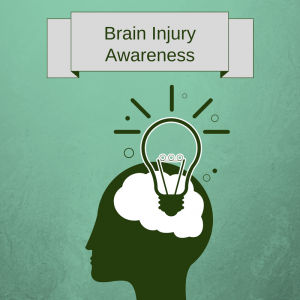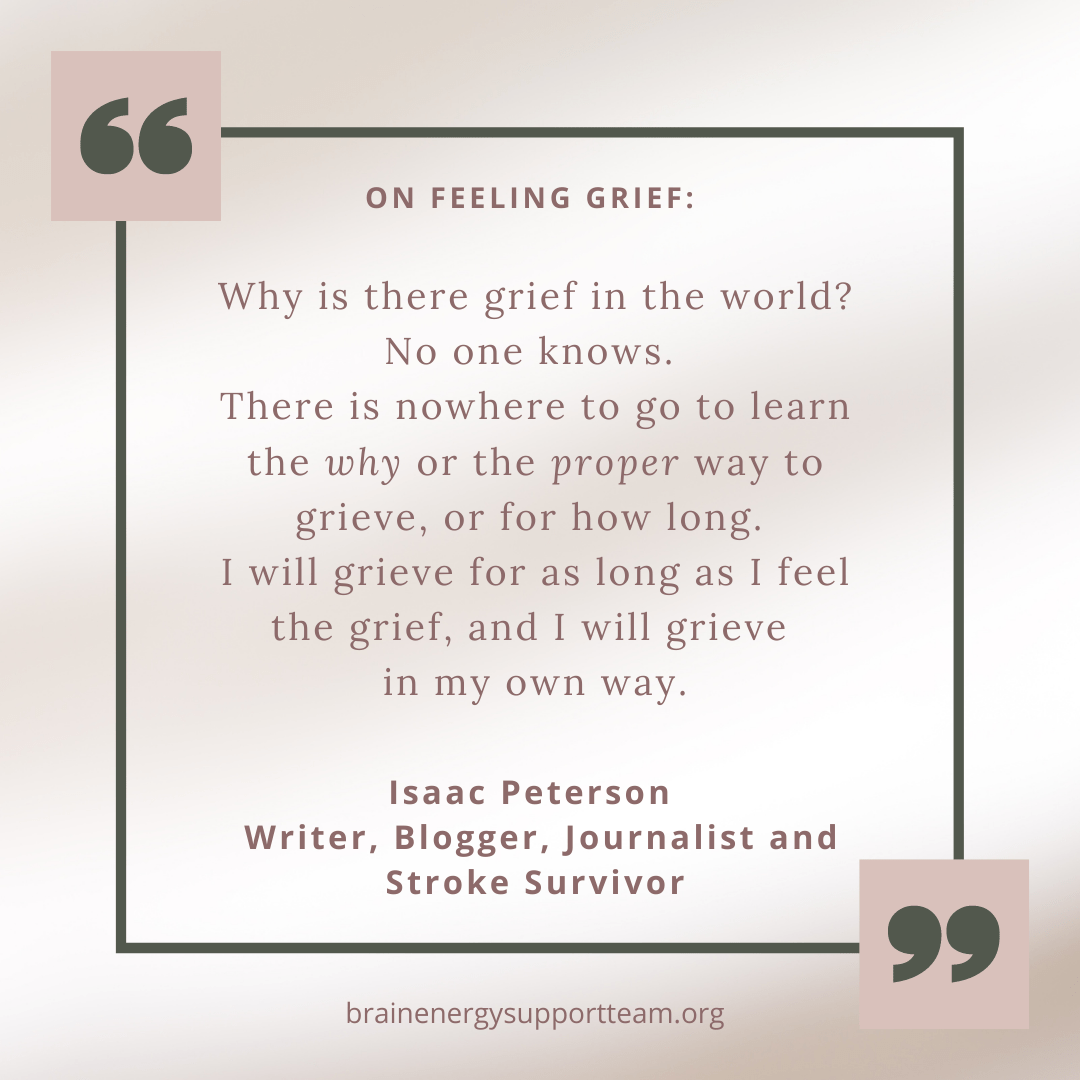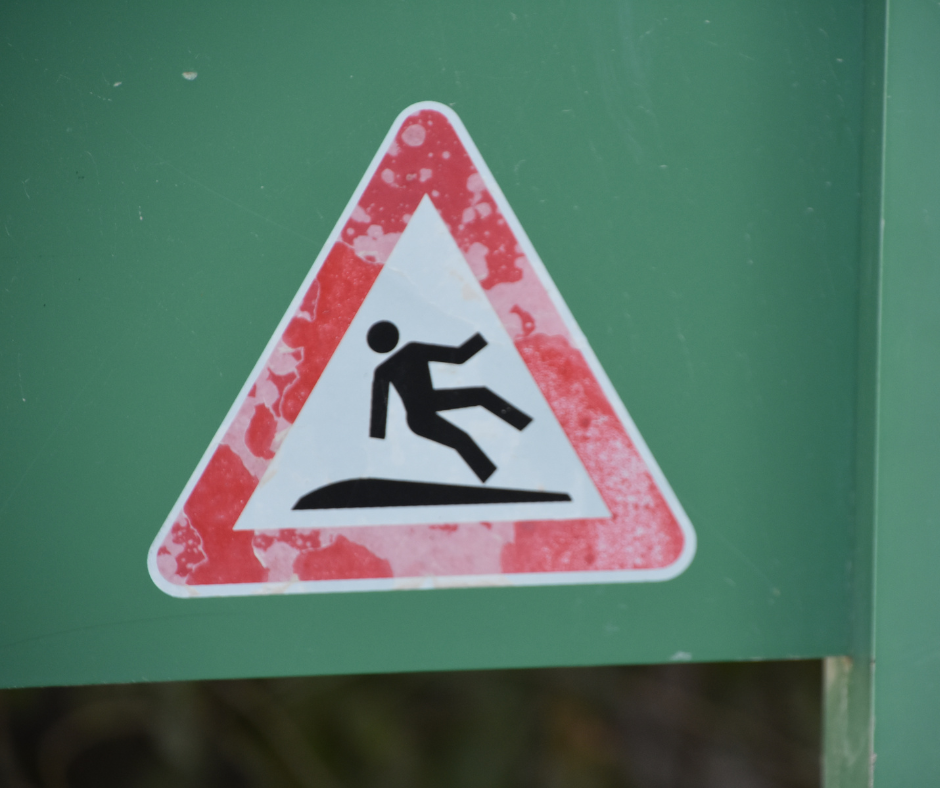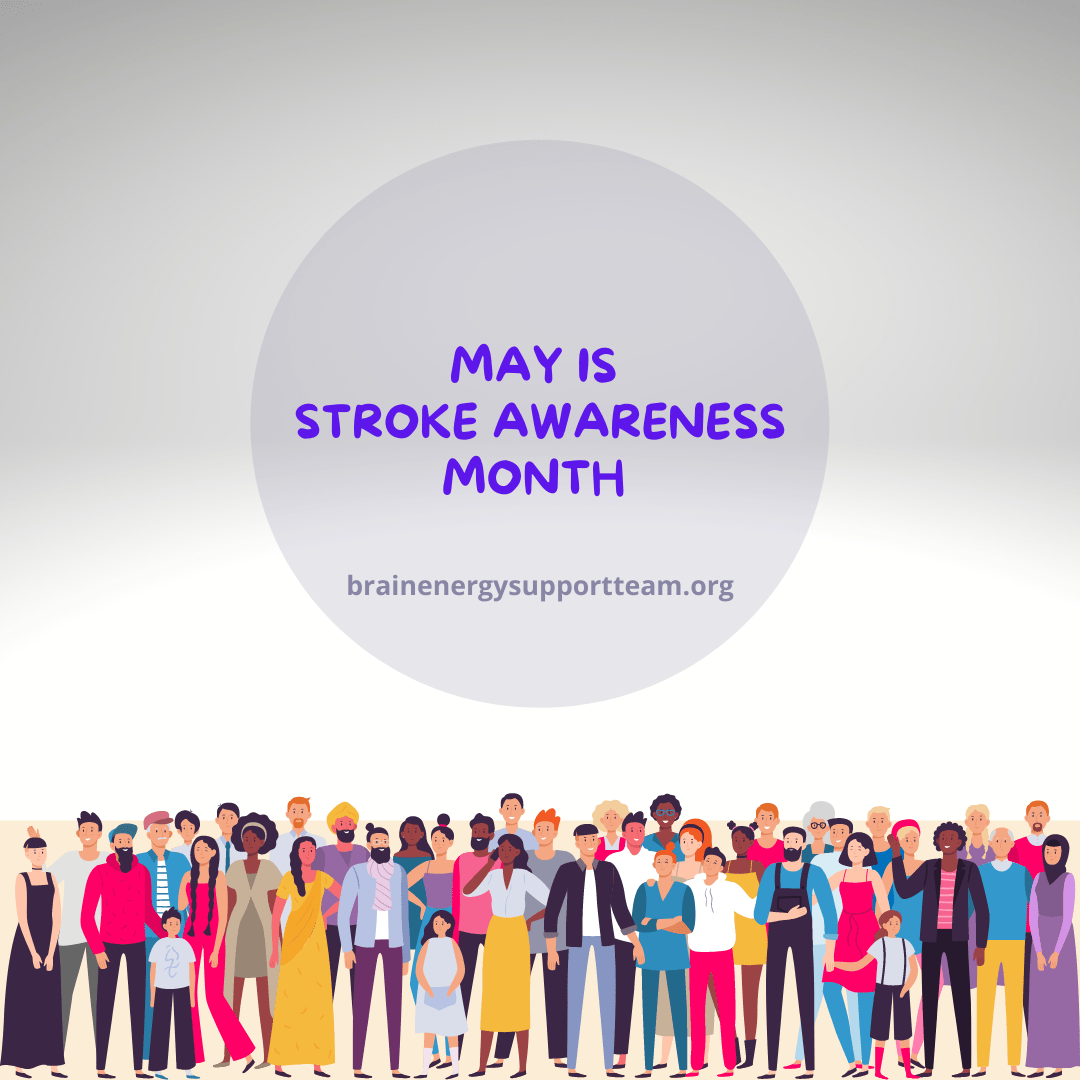(Editor’s note: Writer Isaac Peterson shares some of the processes and basic terminology for diagnosing brain injury. This article does not serve as medical advice; please consult a doctor for follow up. KT).
A few times here I’ve mentioned how important it is to get traumatic brain injuries (TBI) diagnosed and treated as soon as possible.
Do you know what to do if someone around you gets a blow to their head?
If not, stick around and I’ll describe some things you really ought to do, because time is of the essence. And you can help the diagnosis process to begin as soon as possible.
First thing, is to get medical help right away. Even if the other person seems okay and says she/he feels fine, it’s not a good idea to take it for granted everything actually is fine. Often it’s not just fine; there still might be a problem with traumatic brain injury.
Many people go through life not even knowing they have a brain injury; it’s not called the invisible injury for nothing.
It’s very important that you are able to provide medical staff as much information as possible; this can help assess the severity and extent of the injury.
The Mayo Clinic recommends that once you are with a medical professional, you should be able to provide answers to these questions:
- How did the injury occur?
- Did the person lose consciousness?
- How long was the person unconscious?
- Did you observe any other changes in alertness, speaking, coordination or other signs of injury?
- Where was the head or other parts of the body struck?
- Can you provide any information about the force of the injury? For example, what hit the person’s head, how far did he or she fall, or was the person thrown from a vehicle?
- Was the person’s body whipped around or severely jarred?
Those questions help medical staff to begin to zero in on what treatment, if necessary, to pursue.
Don’t expect to just breeze in and out, though. The information you provided is just the beginning of the diagnosis process. Depending on the preliminary diagnosis based on the information you gave, there are several potential processes to go through.
The first thing is for medical providers to ask that person questions to find out their level of awareness. They will ask questions like, do you know where you are? Do you know what today’s date is? What is the president’s name? How many fingers am I holding up?
Depending on the initial assessment, if the injury appears to be minor, you may be instructed to keep an eye on that person, whether or not to let them fall asleep, give them something for any headache, or other advice.
Yet further diagnosis might be necessary, depending on how severe the injury is, either at the time you are first there, or some time a bit later.
This is where the real process starts.
To help with the further diagnosis, it might be necessary to go through some sophisticated technological processes. Expect this part to take a good chunk of time.
Some of those mechanical processes are:
X-rays
X-rays can’t really see the brain, but can visualize injury of the skull.
CT scan
CT is short for Computerized Tomography.
Even though CT can show more detail than X-rays, it has limitations. CT can detect bleeding and clotting but it can only detect some problems over a certain size, for one thing. It can miss a slow leak of blood that may be only slight at the time of the injury or right afterward, but which can become a large clot after some time.
MRI
MRI stands for magnetic resonance imaging, and can show more detailed images of brain tissue than X-rays or CT scans. It can pick up bruises and bleeding better than the other two.
EEG
Electroencephalograms measure the electrical activity in the brain and are particularly helpful with diagnosing the severity of brain injuries.
There are more processes that I won’t get into, but these are some of the basics to know. Understand, though, that even if any of these methods may be called for in helping diagnose a TBI, they may not be available where you happen to be. If they are available, the cost can be prohibitive without good medical coverage.
And again, these processes will take some time, but can help avoid some real grief down the road.
After the diagnosis is when the real time commitment comes in though: helping the TBI survivor through the recovery process.
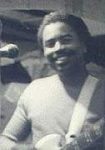
Isaac Peterson grew up on an Air Force base near Cheyenne, Wyoming. After graduating from the University of Wyoming, he embarked on a career as an award-winning investigative journalist and as a semi-professional musician in the Twin Cities, the place he called home on and off for 35 years. He also doesn’t mind it at all if someone offers to pick up his restaurant tab. Peterson also welcomes reader comments. Email him at isaac3rd@gmail.com.

